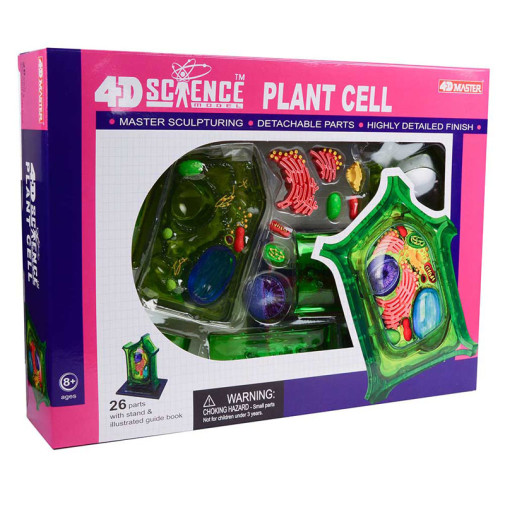We use cookies to make your experience better. To comply with the new e-Privacy directive, we need to ask for your consent to set the cookies. Learn more.
4D Plant Cell Puzzle
Much like the human anatomy 4D model/puzzles, these sturdy plastic models are designed to be handled, taken apart and put back together - not just displayed on a shelf! Each cell model has an opaque base, lots of plastic organelles that fit into the base, and a transparent "cover" that makes up the other portion of the outer cell covering, so you can see into the cell when complete. The animal cell contains 24 parts including a display stand and the plant cell includes 26 parts. Both include an illustrated guide book with assembly directions and some information about the structures. A great resource to have on hand as students learn the parts of the cell and their functions. - Jess


For my students who are going to be learning about plant and animal cells and I want it to be more interactive than a picture.
To help visually impaired students with understanding cells through feel and limited vision.
My daughter has inattentive ADHD and is a kinesthetic learner. This will enhance her learning this year in biology
We have ordered other 4D models in the past and they are such a neat hands on activity to add to any study. I am ordering this and the animal cell to add to my sons highschool biology this year.